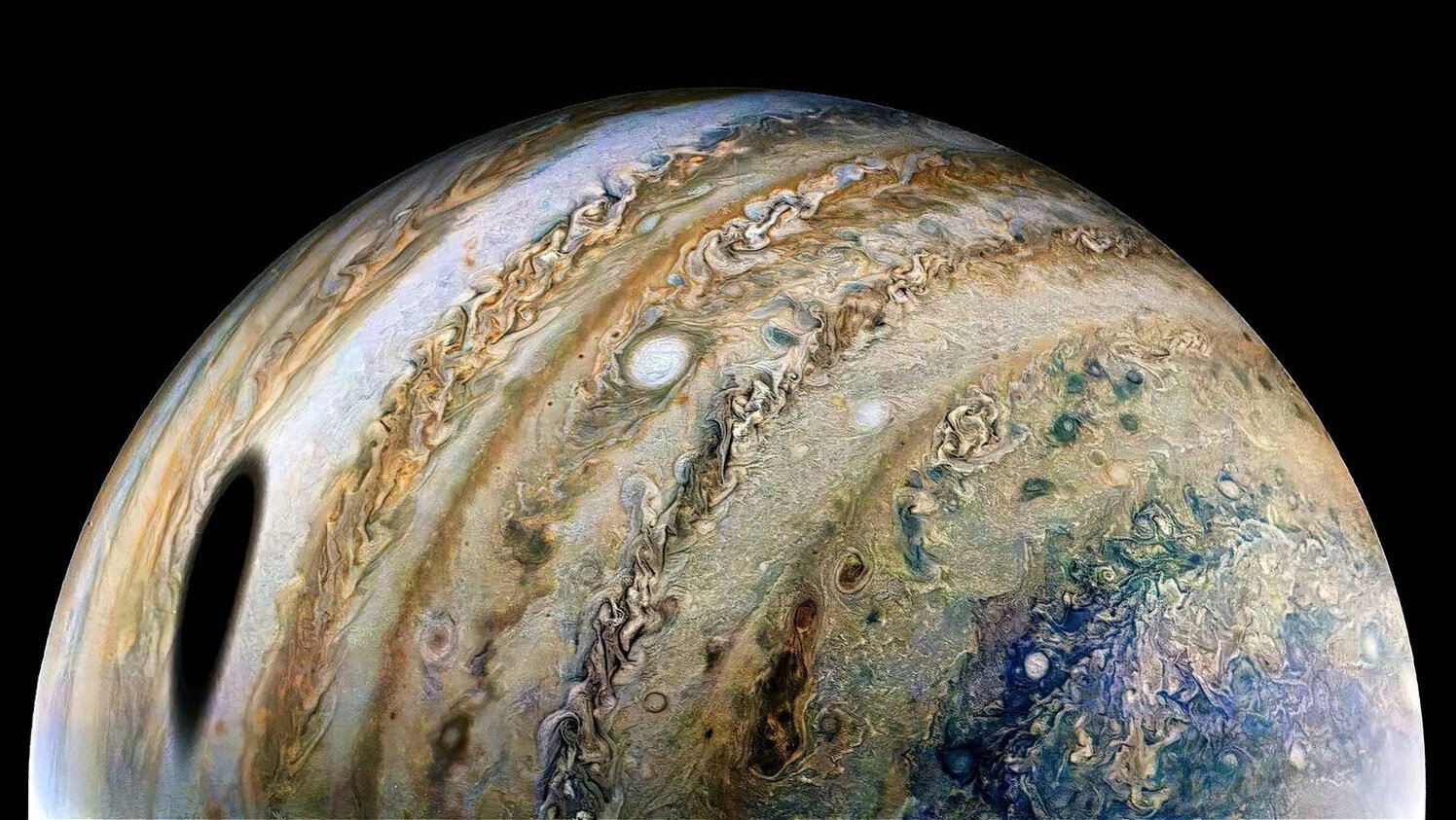For the first time, an instrument to find planets light years away was used on an object in the solar system, in a study on Jupiter’s winds.
Astrophysicists have already begun to obtain data on the atmospheres of exoplanets, but fundamental questions about the atmosphere of the largest planet in the solar system are yet to be answered. To understand what happens in Jupiter’s clouds and air layers, it is necessary to study it over time in continuous observations.
For the first time, an instrument developed to find and analyze worlds light years away, exoplanets, has been pointed at a target in the solar system, 43 light minutes away from Earth: the planet Jupiter.
Researchers from the Institute of Astrophysics and Space Sciences (IA) at the Faculty of Sciences of the University of Lisbon (Portugal) (Ciências ULisboa) used the ESPRESSO spectrograph installed on the VLT telescope at the European Southern Observatory (ESO) to measure wind speeds on Jupiter. The results are now published in the journal Universe.
The method that the team developed is called Doppler velocimetry and is based on the reflection of visible light from the sun by clouds in the target planet’s atmosphere. This reflected light is bent in wavelength in proportion to the speed at which the clouds are moving relative to the telescope on Earth. This gives the instantaneous wind speed at the observed point.
2023-12-23 01:00:03
Link from phys.org



















